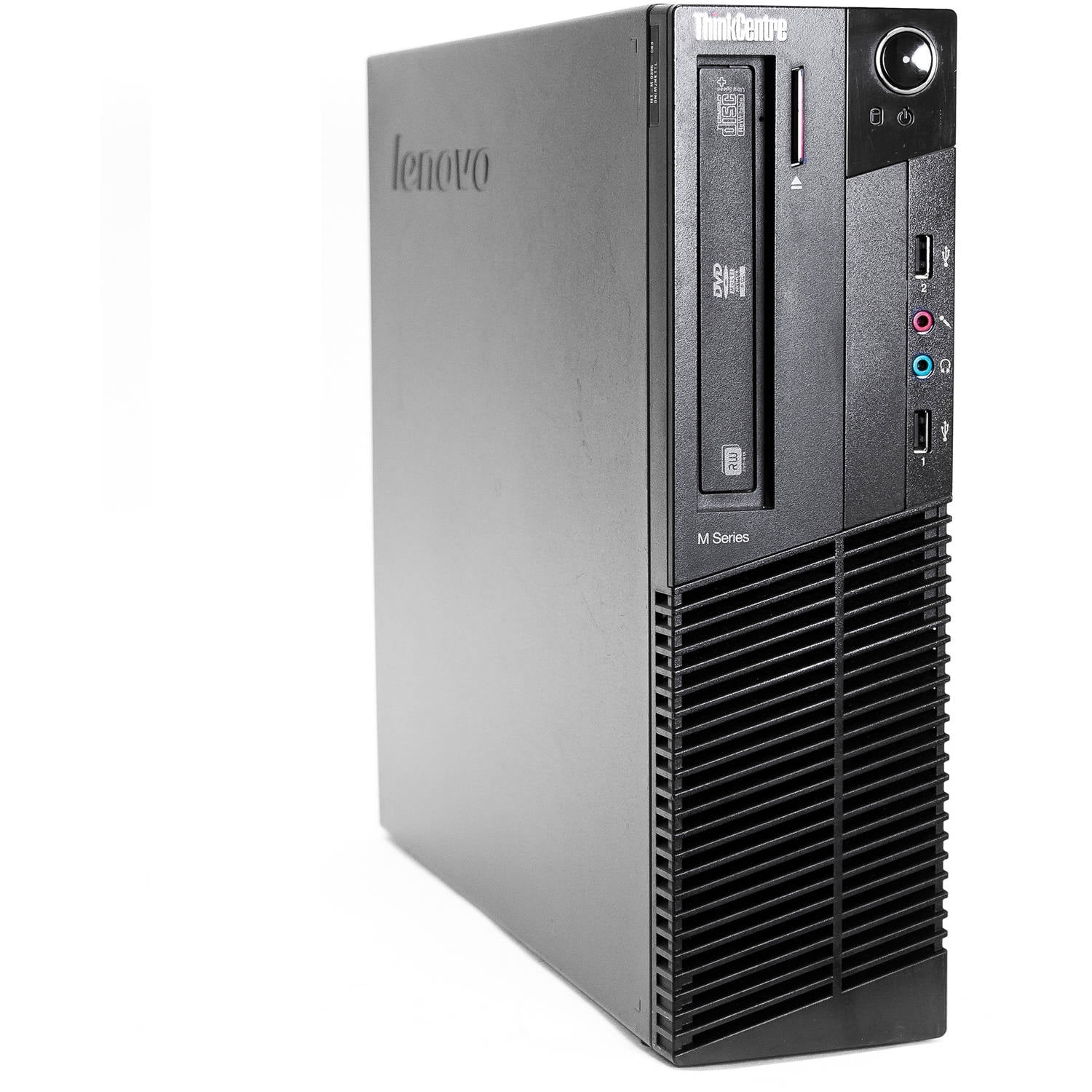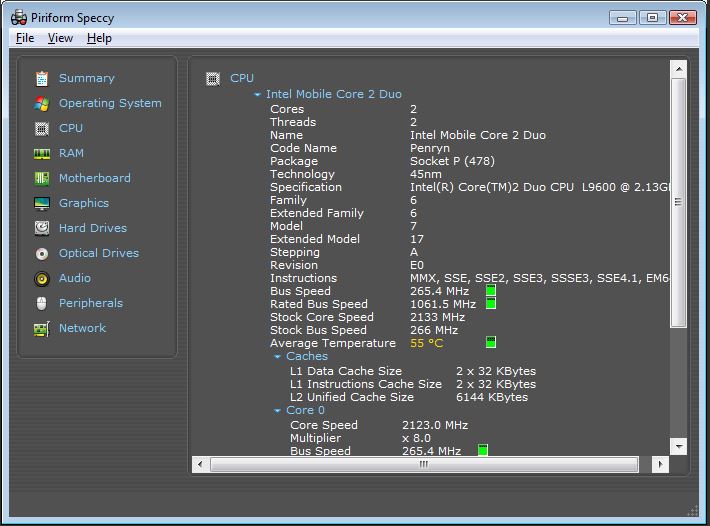
- Windows memory monitor for windows 10#
- Windows memory monitor software#
- Windows memory monitor Pc#
- Windows memory monitor windows#
We suggest that you allow ample time for the tool to perform its task.
Windows memory monitor Pc#
The SFC command can take a few minutes to fully scan your PC and perform any repairs in case of any anomalies. Paste the following command to begin the scan:.Open Command Prompt with administrative privileges.Perform the following steps to run an SFC scan:
Windows memory monitor software#
In short, an SFC scan is recommended when you think there is a software error. You can perform an SFC scan if you see your PC is missing any DLL files, an app or program is behaving abnormally, or experiencing Blue Screen of Death (BSoD). If the tool finds any anomalies, it replaces these files with redundant files on your PC that may be available at another location.
Windows memory monitor windows#
The System File Checker (SFC) is a command-line tool that performs a deep scan of your Windows system files and searches for missing or corrupted content. Here, select whether you want to reboot the PC now and perform a scan, or scan it when you reboot the computer the next time.

It will then show a window, as in the image above. If you still want to launch the tool, simply search for “Windows Memory Diagnostic” in the Start Menu and launch the highlighted app. However, it does not do much except scan your system’s memory, clear out unwanted files and perform other minor fixes. The Windows Memory Diagnostic tool is another tiny utility integrated into the Windows operating system. Open Resource Monitor from Run 4- Windows Memory Diagnostic To open the Resource Monitor, type in resmon in the Run dialog box.

Using this tool you can monitor the amount of the resources being used and by which programs/apps, such as the internet bandwidth, CPU usage, memory usage, disk usage, etc. The Resource Monitor, as the name suggests, provides real-time information on the system’s resource utilization. To open the Reliability Monitor, navigate to the following: Control Panel > System and Security > Security and Maintenance > Maintenance > View reliability history 3- Resource Monitor The interface of this tool is user-friendly as it segregates the days individually and marks the critical system errors and the warnings.Ĭlicking on individual events then gives detailed information about the event, such as Event Name, EventID, etc. This then enables you to view and diagnose past system events and troubleshoot them. The Reliability Monitor logs all events occurring on your system. Open Performance Monitor through Run 2- Reliability Monitor To open the Performance Monitor, type in perfmon.msc in the Run dialog box. However, additional counters can be added to it to display real-time performance information. By default, it displays the processor’s information. It gives real-time information on various services and hardware parameters.
Windows memory monitor for windows 10#
Performance Monitor is a built-in app for Windows 10 and Windows 11. These tools are especially useful for sysadmins. Here are our top 12 favorite tools (7 built-in Windows tools + 5 third party tools) for diagnosing issues on a Windows computer. This includes diagnosing problems with system performance, hard drive corruption, RAM diagnostics, Windows system files etc.

AdvertisementĬomputer diagnostic tools can detect and diagnose issues in almost any part of the computer hardware or system software. Microsoft Windows includes computer diagnostic tools that can be used to monitor, diagnose, and potentially repair computer systems. Regular monitoring of the Windows Operating System is necessary to ensure its optimal performance.


 0 kommentar(er)
0 kommentar(er)
